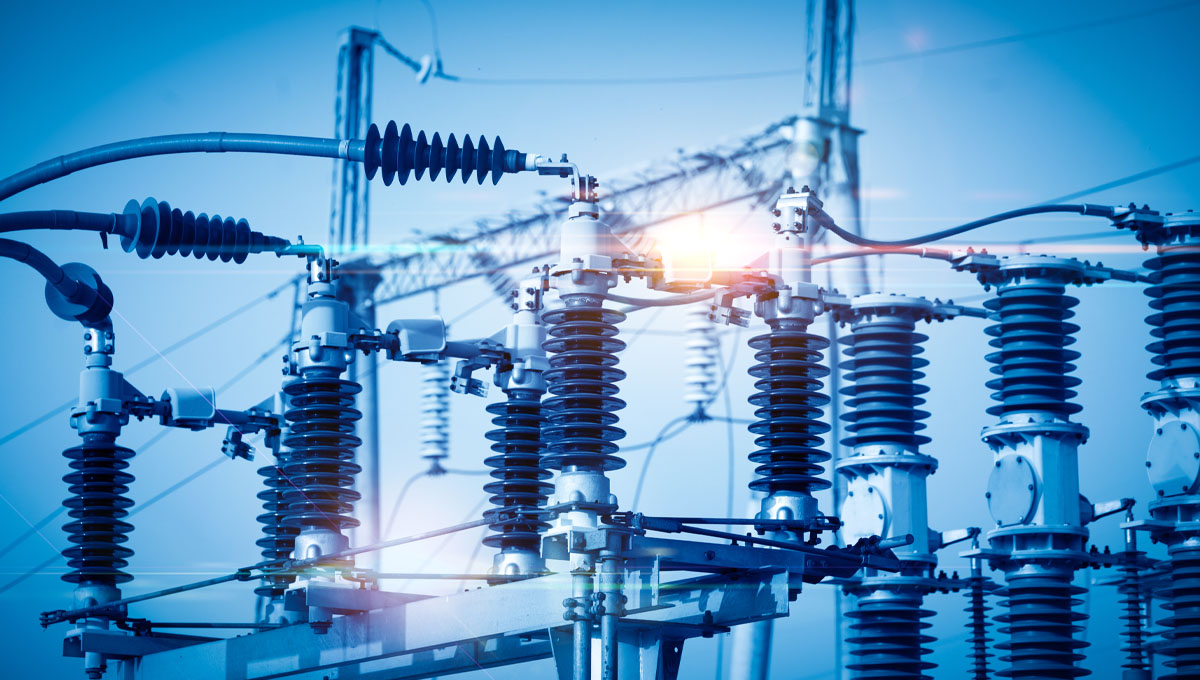Please click here to download the Prism as a PDF.
Guidelines issued to streamline the determination and payment of compensation for transmission line right of way
With the aim of expediting construction of transmission lines and ensuring fair compensation, the Ministry of Power, Government of India (“MoP”) vide notification dated June 14, 2024, has issued new guidelines for payment of right of way (“RoW”) compensation for laying transmission lines[1], including those in urban areas (“Guidelines”)[2]. These Guidelines supersede the earlier guidelines issued by MoP on October 15, 2015, June 16, 2020, and June 27, 2023.
States/ union territories may adopt these guidelines in their entirety or issue their own modified guidelines. However, in the absence of guidelines issued by the state governments, these Guidelines will apply for determining compensation.
Key Highlights
- The compensation under the Guidelines applies only to high-voltage transmission lines (i.e., 66 kV (sixty-six kilovolt) and above). It does not apply to sub-transmission lines or distribution lines (i.e., below 66 kV (sixty-six kilovolt) voltage level).
- Compensation under these Guidelines is in addition to the compensation for normal crop and tree damages which are determined in accordance with other central and state laws.
- The District Magistrate or District Collector or Deputy Commissioner, as determined, will be the authority for determining compensation.
- Compensation will ordinarily be based on the circle rate, guideline value, rates of the land in terms of the respective stamp act legislation, except where the market rate exceeds such rates. In such case, the land value will be determined based on the prevailing market rate, as ascertained by the District Magistrate/District Collector/Deputy Commissioner in the manner as specified by the respective state government.
- Compensation will include: –
- Tower Base: 200% of the land value for the area occupied by the tower base i.e., area enclosed by the 4 (four) legs of the tower at ground level, plus an additional 1 (one) meter extension on each side.
- RoW Corridor: 30% of the land value under the Row Corridor, in terms of the Central Electricity Authority (Technical Standards for construction of Electrical Plants and Electric Lines) Regulations, 2022 (Schedule VII). No construction activity is permitted within the RoW of the transmission line.
States/ union territories are permitted to decide a higher rate depending on the area and urgency of the works.
- Where owners have been offered or have accepted an alternate mode of compensation by the concerned corporation/municipality under Transfer of Development Rights (TDR) policy of the state/union territory, the licensee /utility shall deposit the tower base and RoW corridor compensation amounts with the corporation/ municipality, local development authority or the state government concerned.
- Technologies to optimize space in RoW constrained areas are recommended, including steel pole structures, narrow-based lattice towers, and more.
- A detailed standard operating procedure for landowner identification, compensation payment, and grievance resolution is included to ensure transparency and efficiency.
- Compensation is to be paid upfront and one-time, preferably through digital methods like AEPS and UPI.
Conclusion
These guidelines aim to expedite the construction of transmission lines while ensuring fair and timely compensation to landowners, addressing potential land value diminution due to overhead lines or underground cables.
This Prism has been prepared by:
|
Abhishek Munot |

Malcolm Desai |
Purvi Shrivastava |
For more details, please contact [email protected]
[1] Under Sections 67 and 68 of the Electricity Act, 2003 read with Sections 10 and 16 of the Indian Telegraph Act, 1885.
[2] MoP F. No. 3/4/2016 – Trans – Part (4)















